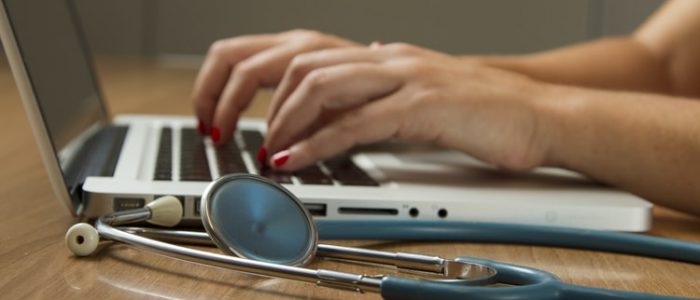We have all had to adapt the way we work and deliver services for the safety of staff, volunteers, and the public. The coronavirus pandemic has changed many things, but particularly the ways that health and care are being provided. New ways of working have provided opportunities to be innovative in the way services are delivered, yet these opportunities have also come hand-in-hand with various challenges and barriers, faced by both health professionals and those accessing services.
The ‘clap for the NHS’ was one way for the public to show their appreciation to the staff who have worked amazingly hard to support the health of our nation. However, it was always inevitable that non-Covid services such as primary care would be impacted. For example, GPs are a universal service which we or our family members will have accessed at some point in our lives. They provide us with the initial care needed, including immunisations, referrals to x-rays and blood tests.
How has Covid-19 affected patients needing access to their GP, and what have been the issues for professionals delivering services?
We spoke to both patients and a GP to get a snapshot of their experiences.
Patient consultations over the last few months have taken place either via telephone or via video call. Friends, family and service users seem to have had mixed experiences. Some told us they love this new method, as it fits well into their life-work balance, whilst others have found it more difficult.
We looked a little deeper to find out what the issues were for those accessing GP services over the telephone and video call. Individuals whose first language was not English reported telephone consultations a struggle and were left feeling unsure about treatment and medication. Video consultations make it easier to show physical ailments to the GP, but for those who have lack of access to the internet or are not IT literate, video consultations are not always possible. (You can read more about that here).
Telephone consultations were already taking place before the coronavirus pandemic, and video consultations had also been spoken about. Yet, one GP told us recently that some IT systems within practices are not equipped to deliver video consultations, and not all practices use the same system.
Issues with the processing of prescriptions were also highlighted as a barrier to getting medication in a timely manner. One patient shared their experience with us, saying, “my GP was working from home, which meant we had to wait until he came to the surgery to sign prescriptions. This meant a delay in pain relief and treatment for my wife, resulting in an unnecessary visit to hospital.â€
Another patient described their experience as quick and easy, however, stating that,
“…my GP practice was brilliant. I called and made an appointment for a telephone consultation as that’s what I was offered – the only problem was the GP wanted to see the rash and so I had to email over some photos. I was then called back and the GP notified me that there would be a prescription for my son at the practice. The only thing about the whole process would have been if I could have shown the rash there and then, and if the prescription was sent straight to the pharmacy. But none of these services were offered.â€
Issues highlighted by the GP included lack of PPE equipment, shortages of GPs and administrative staff, and some telephone consultations taking longer than planned. All of these issues have affected how services are being delivered.
Have all the challenges raised today been created by COVID-19, or has it simply become easier to identify gaps in our services because of the pandemic? Whatever the reason is, we need to use these findings as a reason to bring change and find solutions to these issues.
It is also essential to continue evaluating the pros and cons of an increasingly digitalised health care system. Those who were pushing for increased use of technology prior to the COVID-19 outbreak will welcome the way in which many services have gone online by necessity, but we ought not to assume that this is simply a part of the new normal. As it becomes safer to begin providing services in person again, it is worth at least considering a retreat from digital provision, and should digital services truly become the norm, we need to recognise and accommodate those who will miss out.
This article was first published on July 9th 2020 on FaithAction’s websiteÂ



